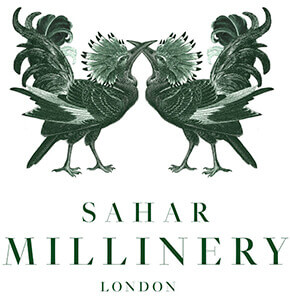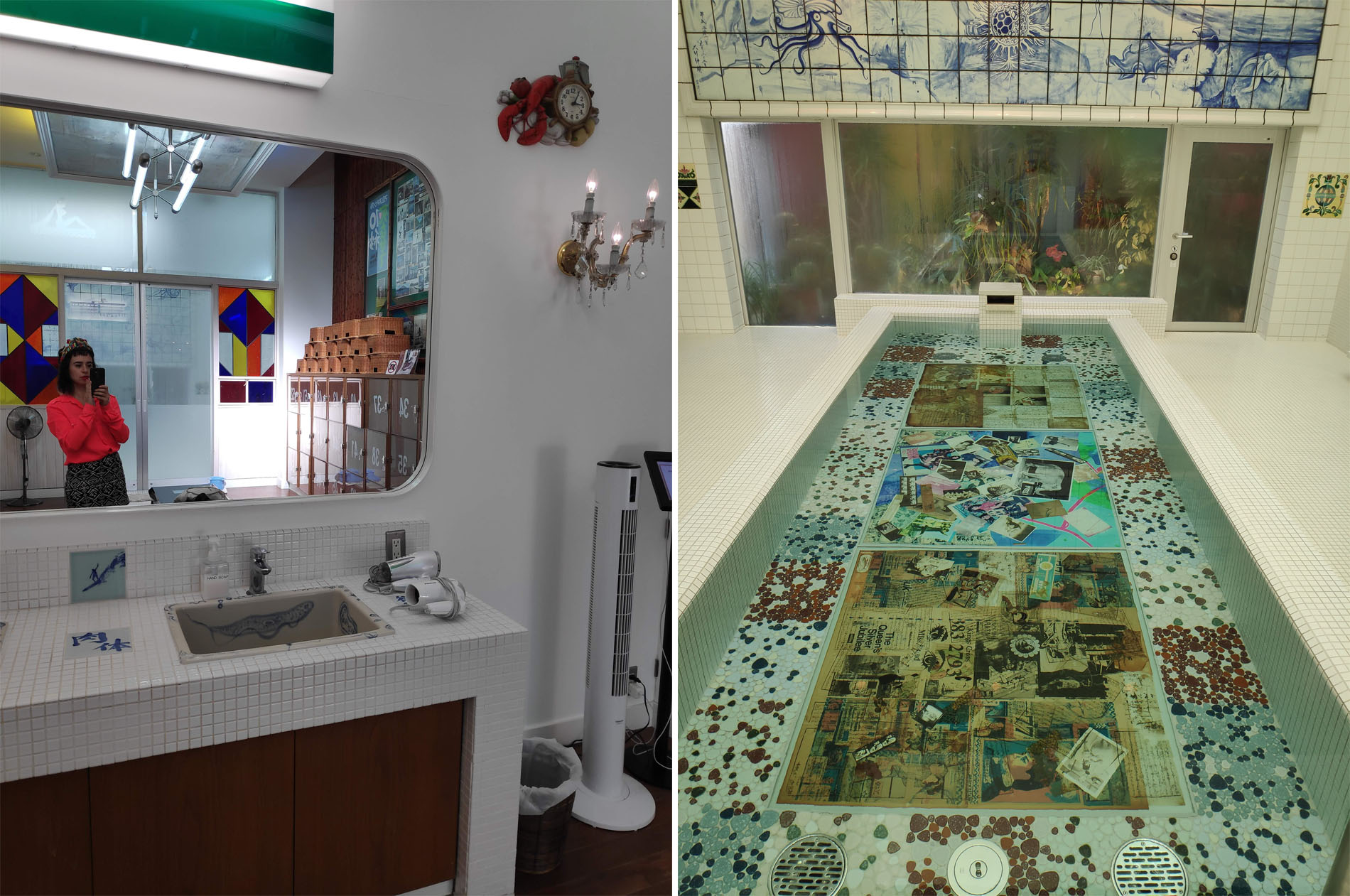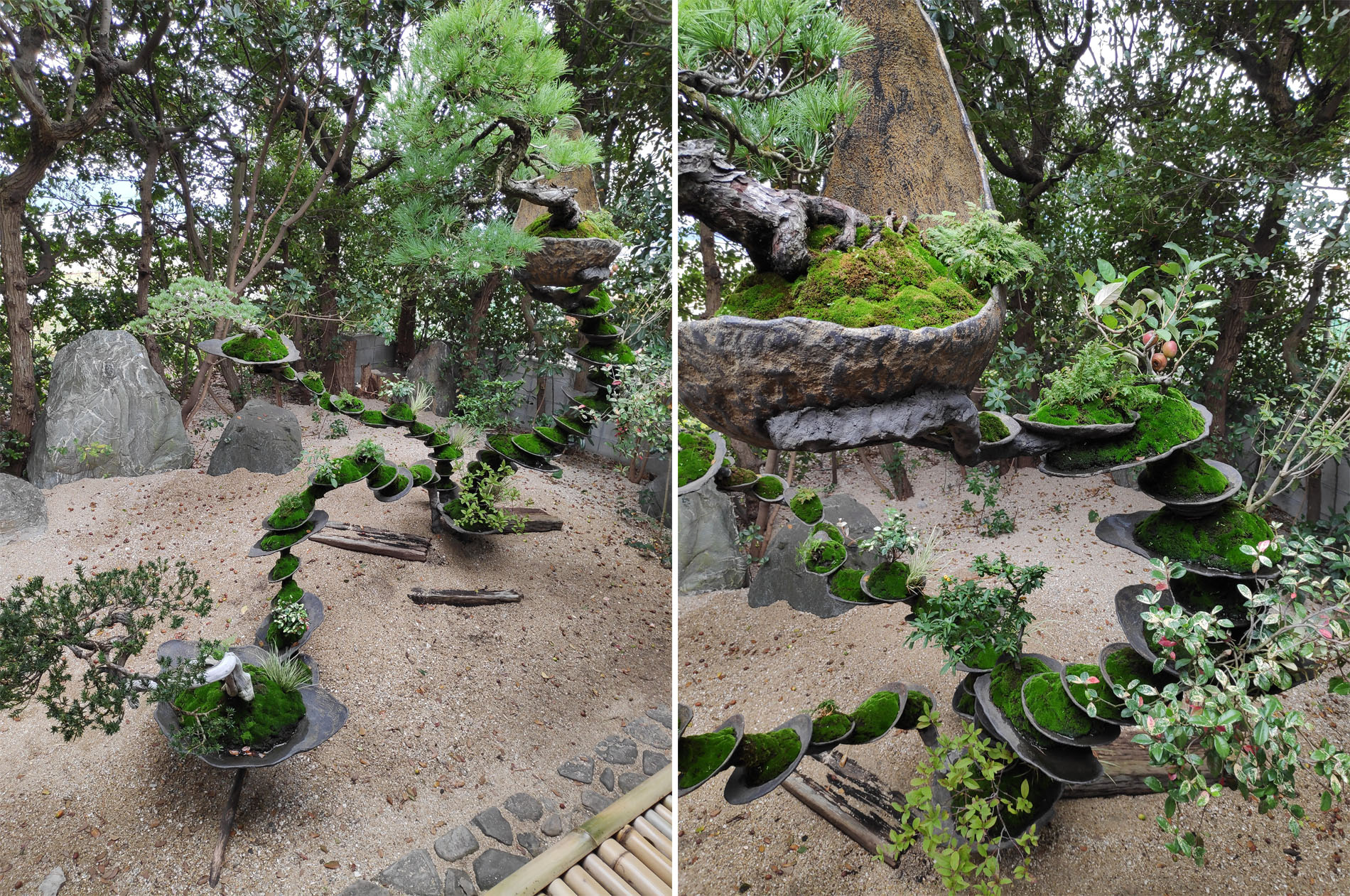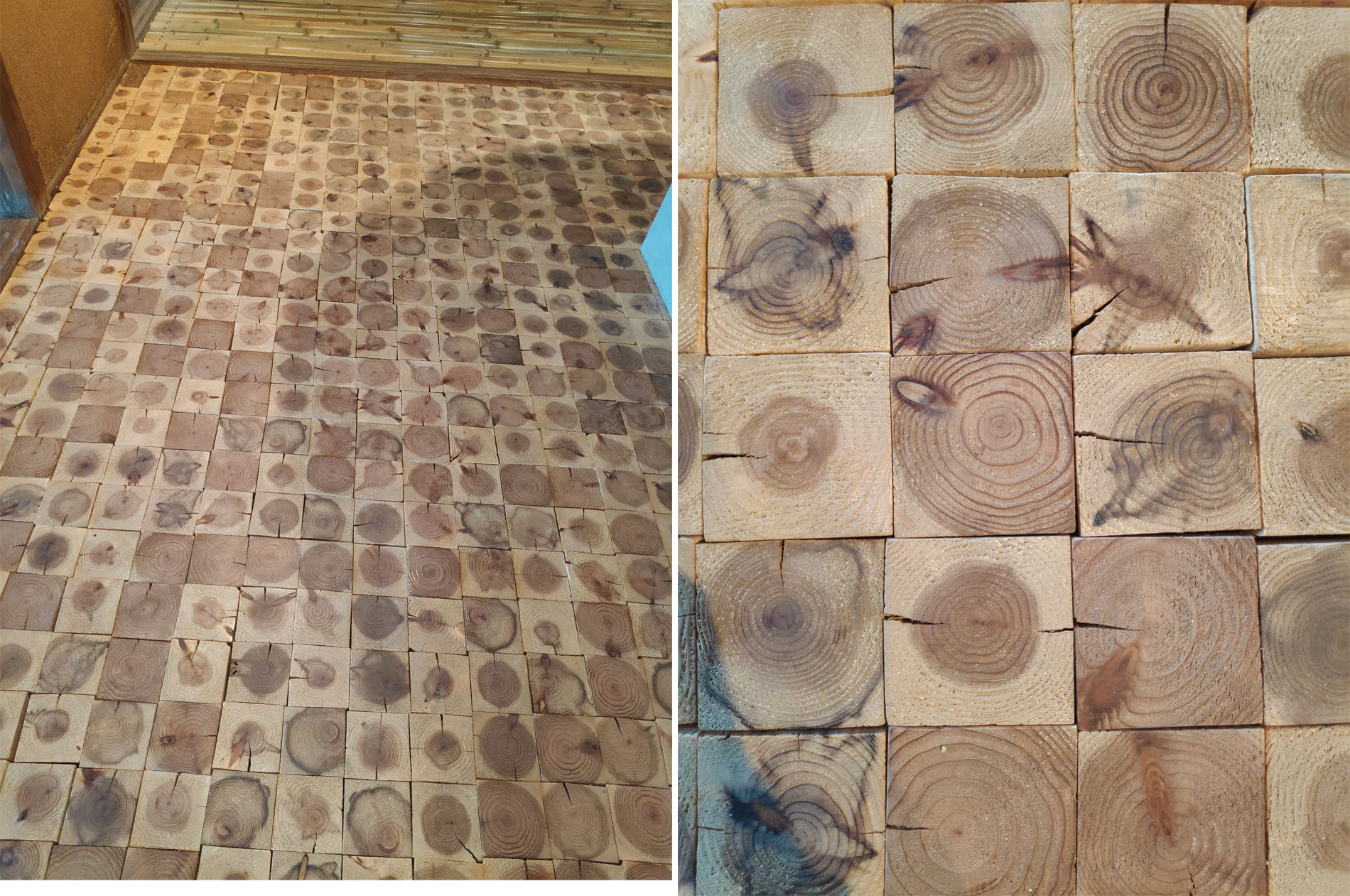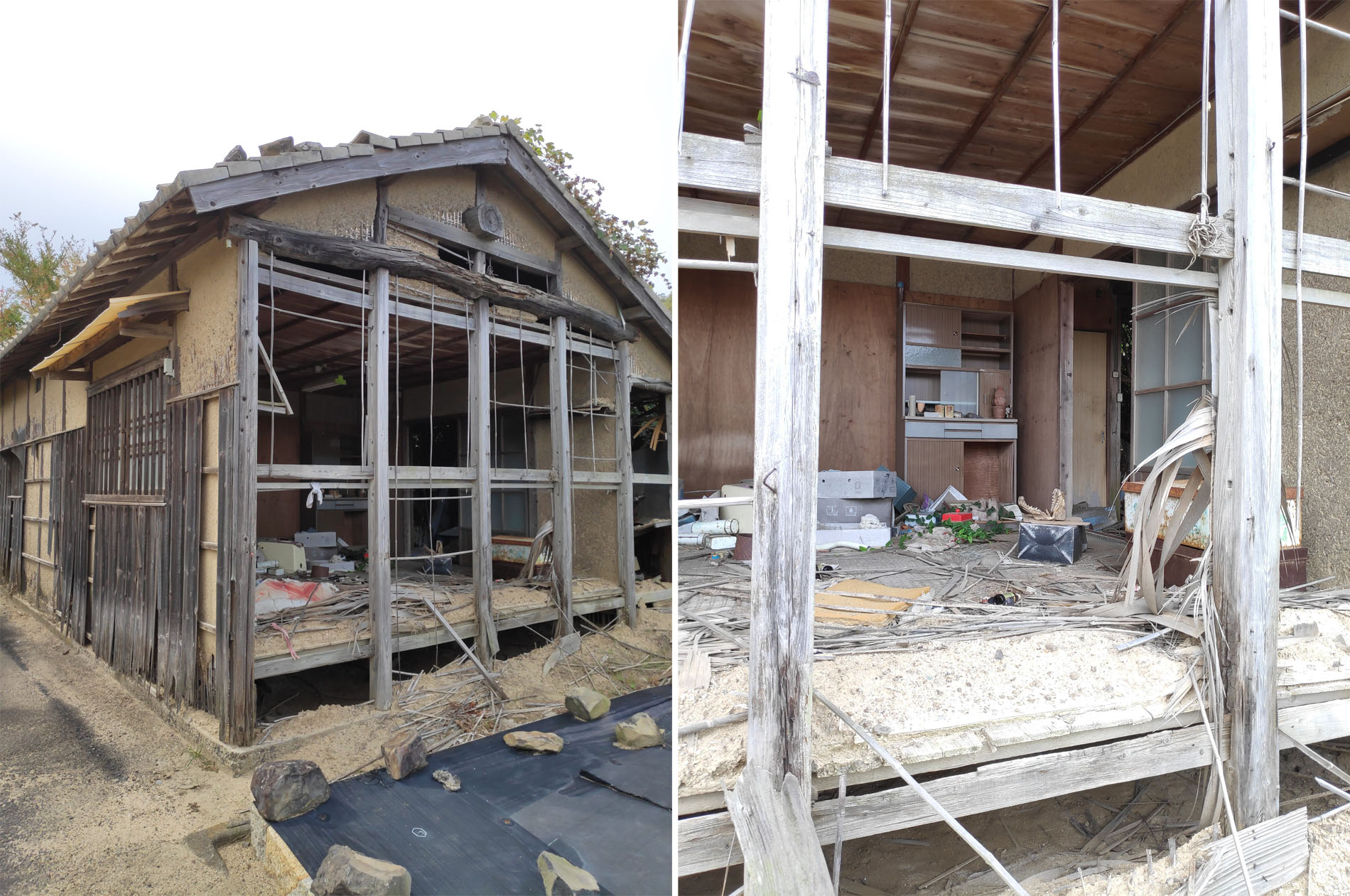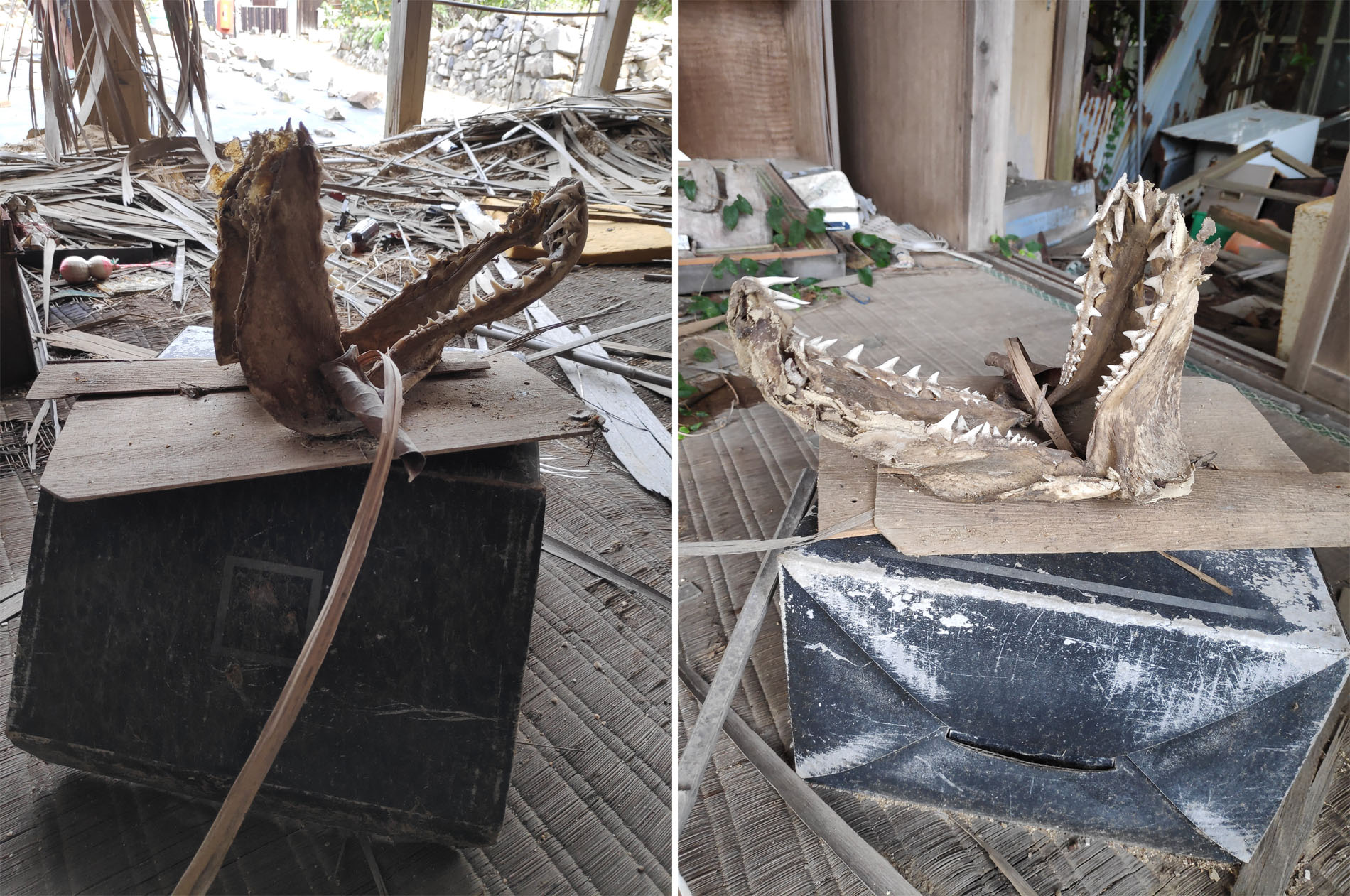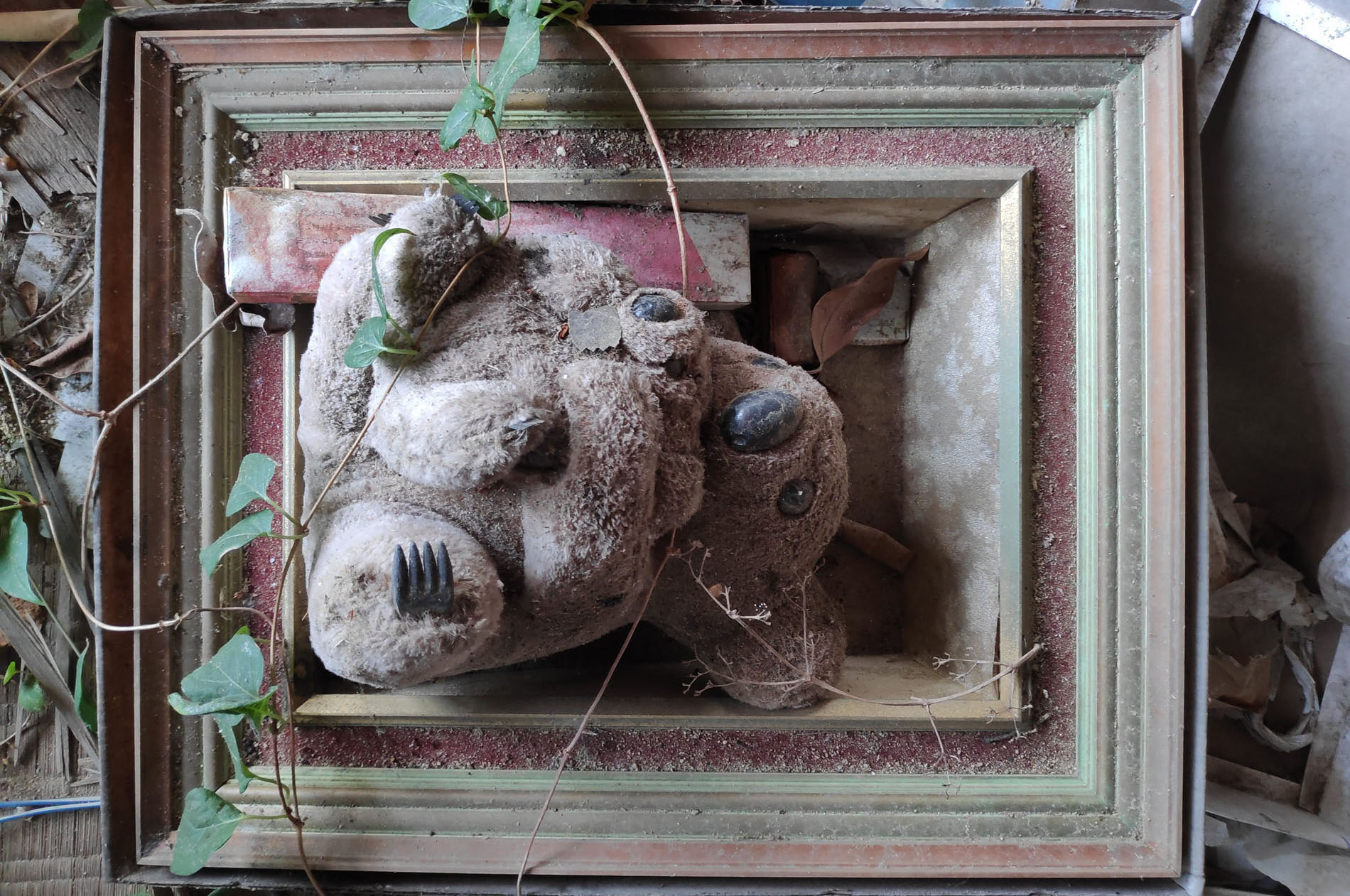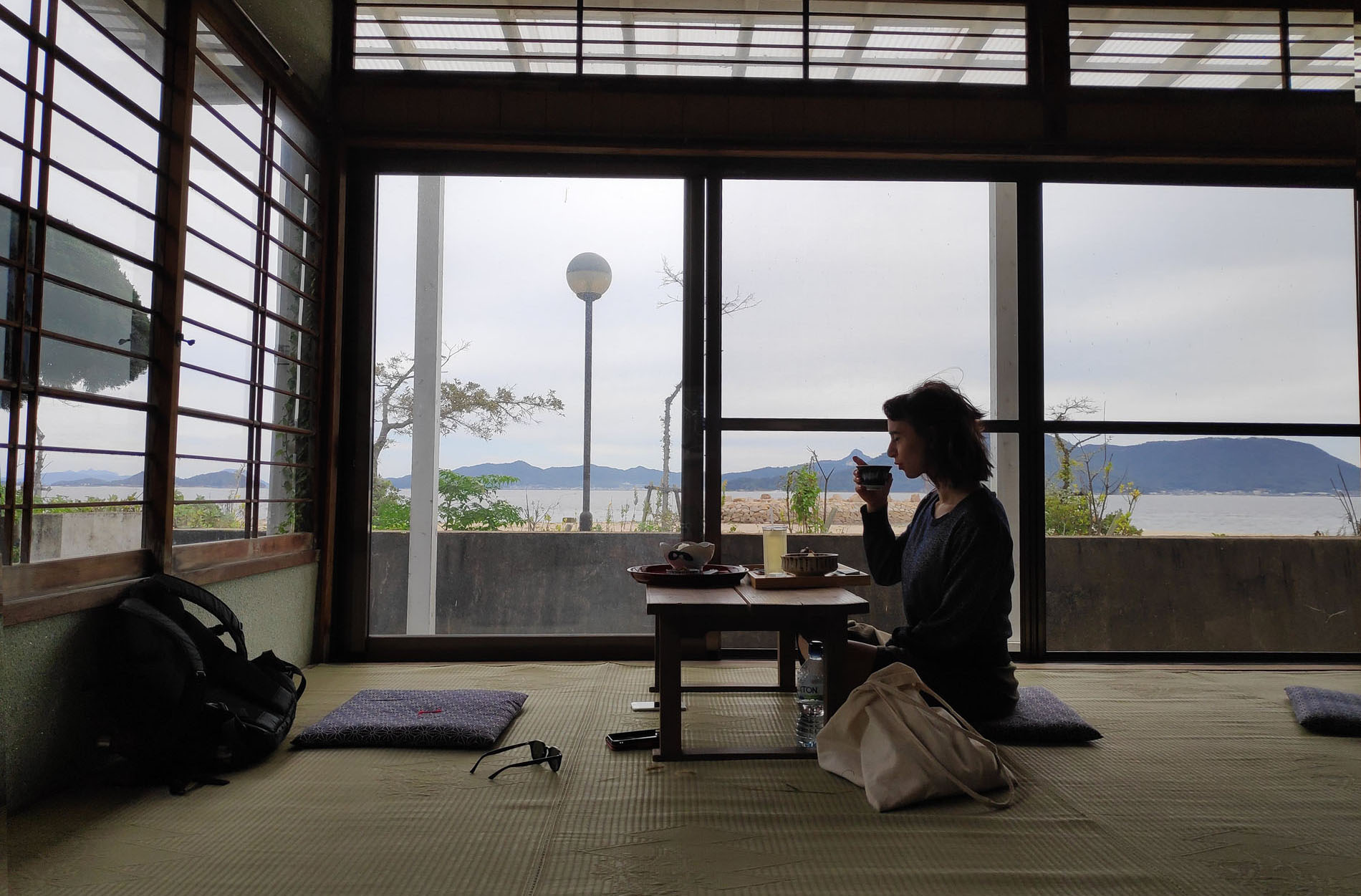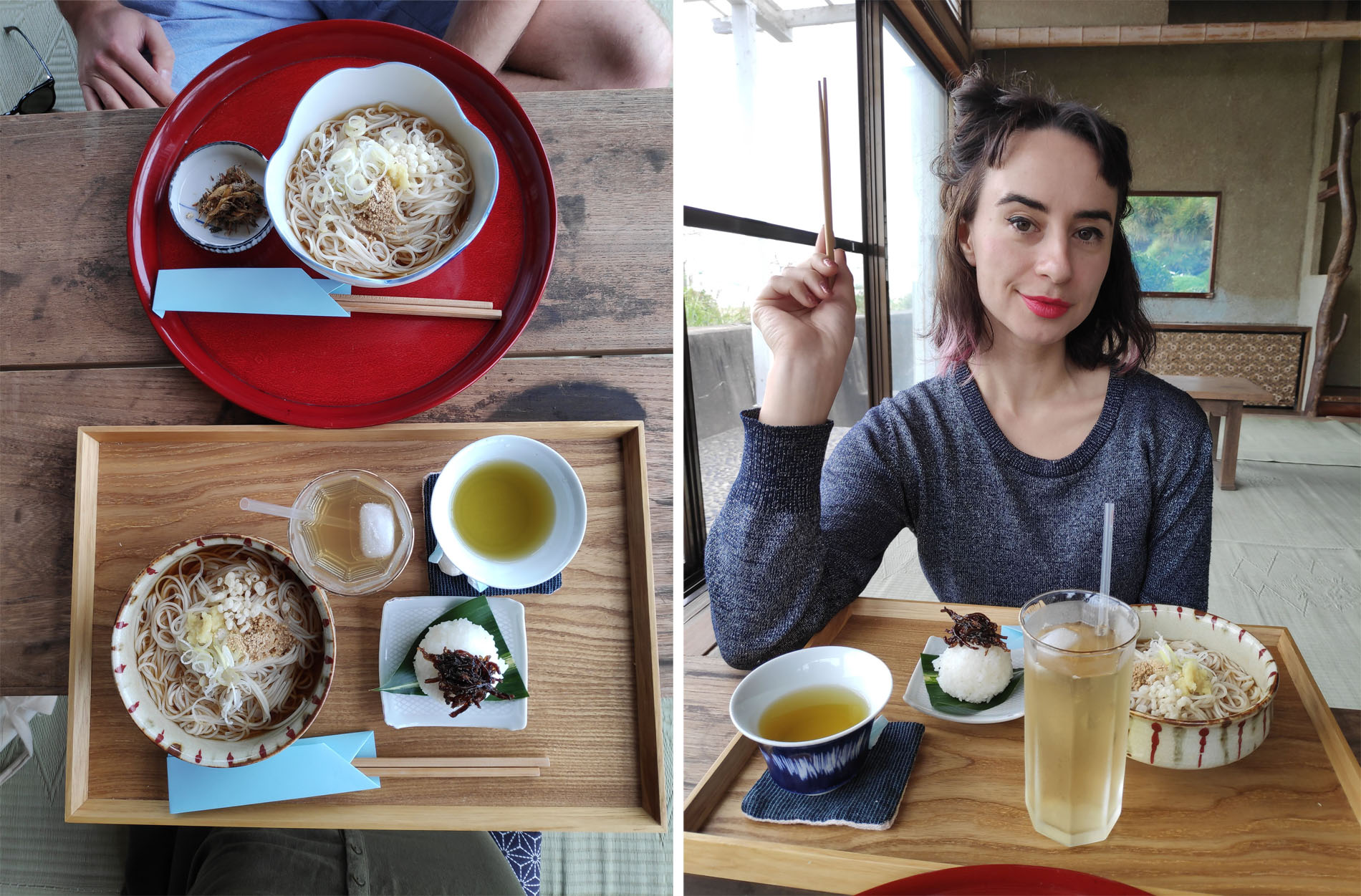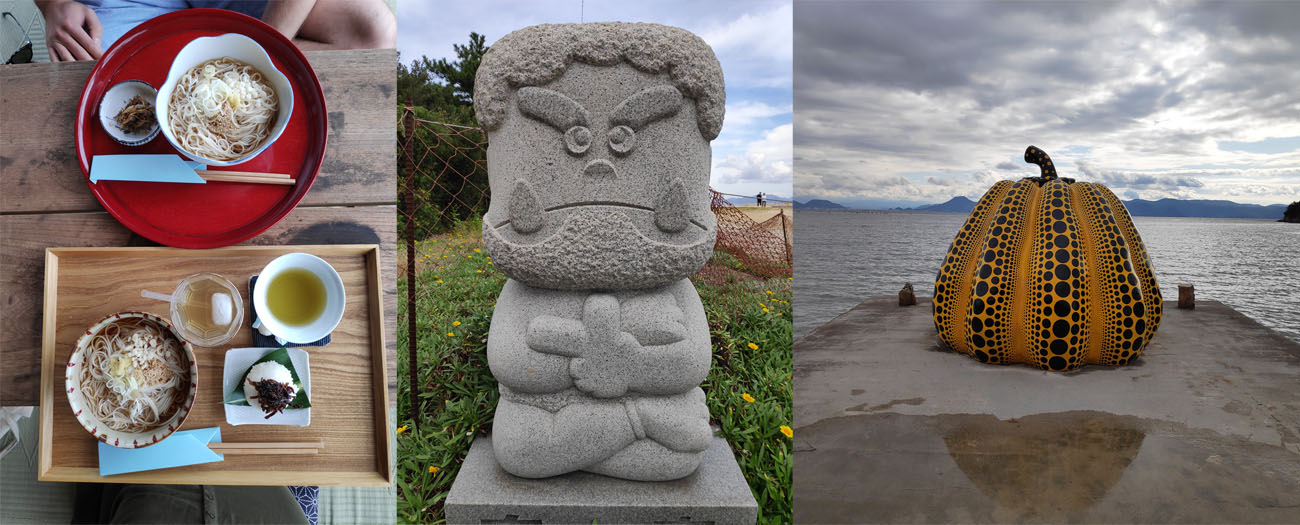
After Tokyo, I met up with my brother, Faizi (who very helpfully speaks fluent Japanese), and my holiday began. This was a trip to the ‘Art Islands’ – a cluster of Islands in the west of Japan which until recently, was mostly derelict, but has been regenerated in recent years. THIS PLACE IS AMAZING. I’m not sure why it’s not more famous?! Back in the 1980s, billionaire businessman Soichiro Fukutake realised these beautiful islands were becoming ruined through industrialisation and illegal waste dumping. Add to this the sad but common story of young people moving away from the countryside into the cities, leaving these islands empty save very few pensioners remaining. So how did Fukatake transform these islands? Through Art.
He worked with architect Tadao Ando – AKA; ‘King of Concrete’- to create the Benesse House Museum on Naoshima. This museum, high on a hill (believe me I felt it, we hired normal bikes as the electric bikes were rented out – I thought I was going to die) – is filled with the likes of Andy Warhol, David Hockney, Jean-Michel Basquiat and Cy Twombly, but the pièce de résistance is this beauty:
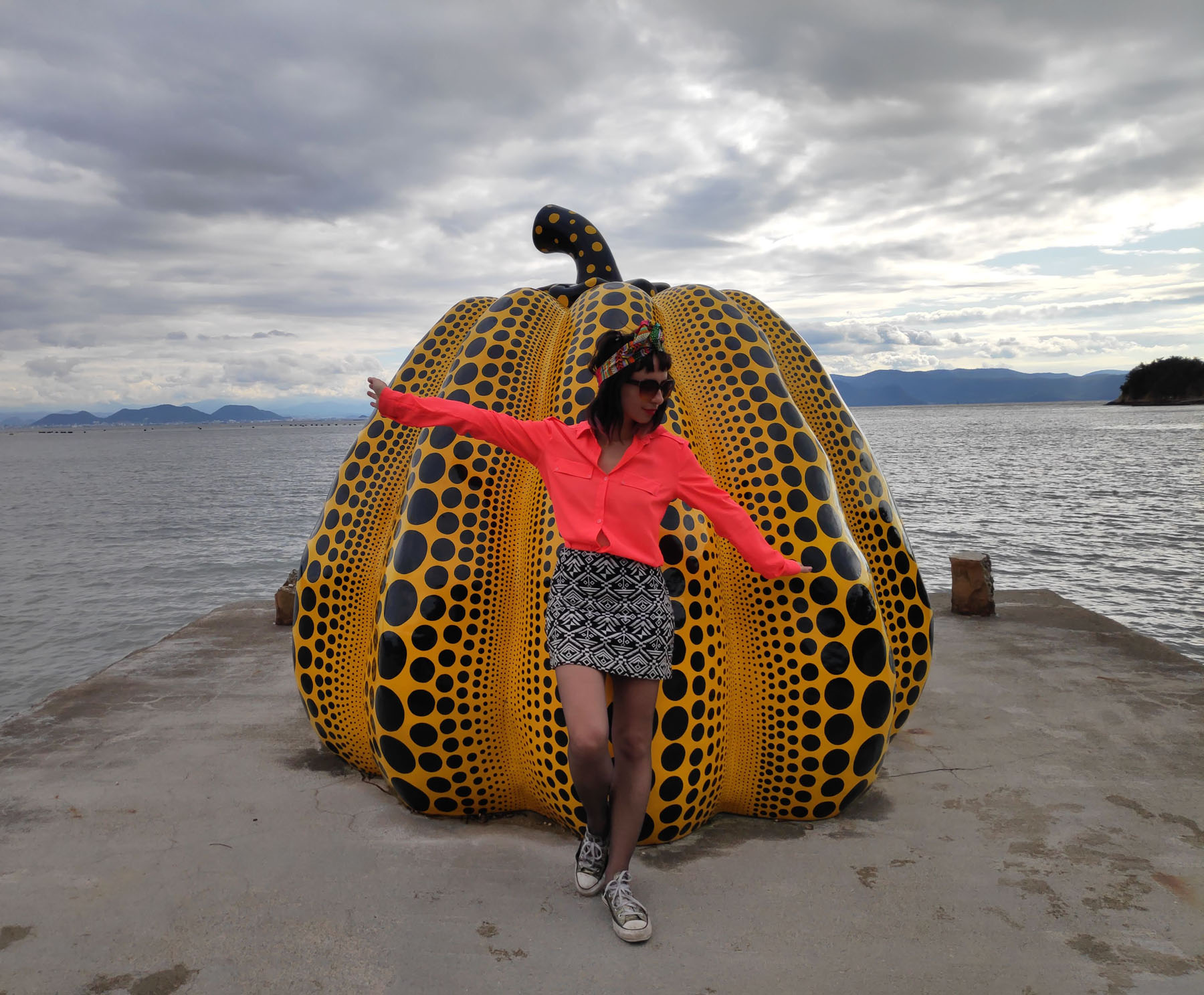
Oh yes, one of Yayoi Kusama’s giant pumpkins, one of two actually, spot the milliner:
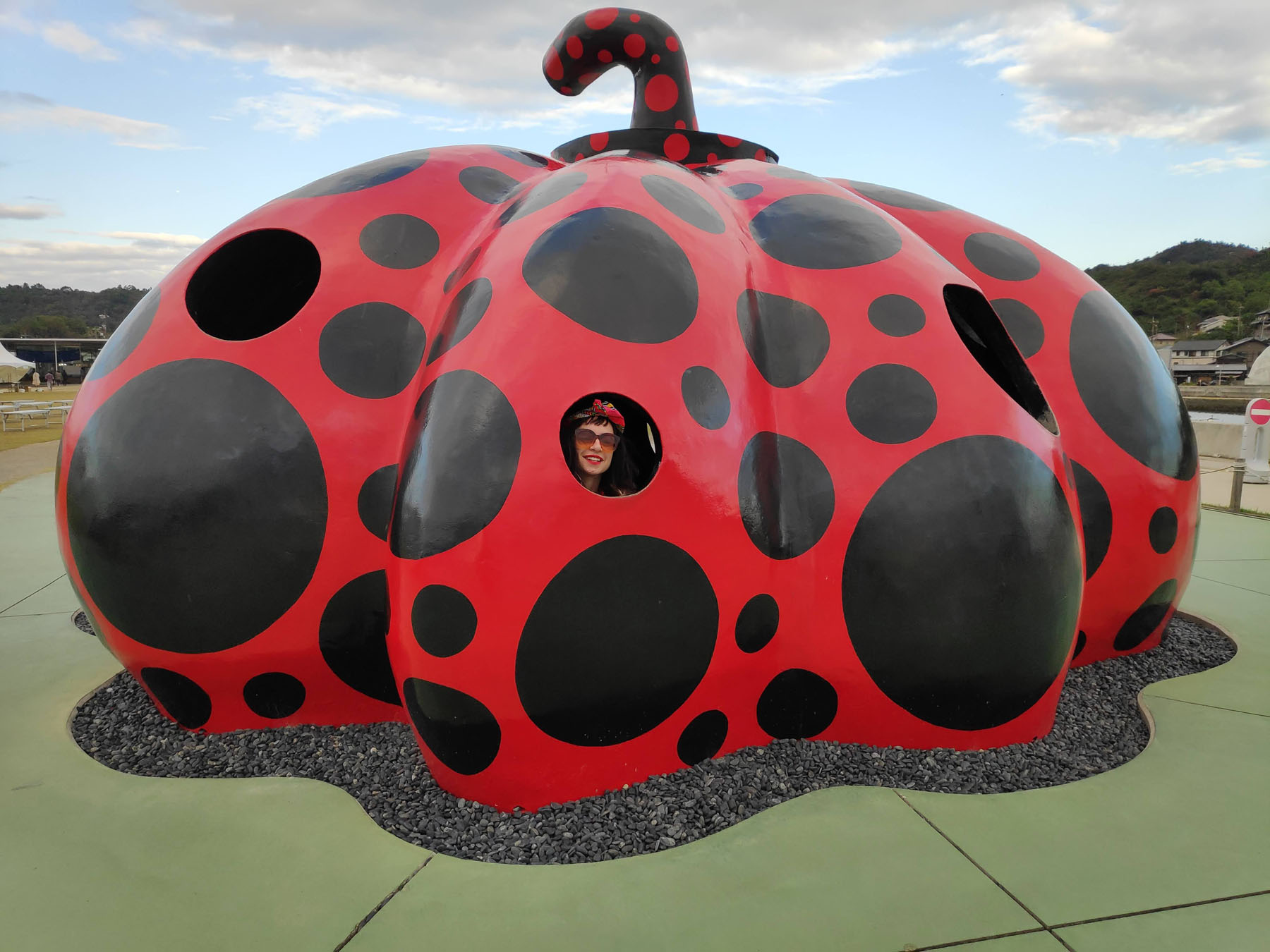
Fukatake and Ando went on to create more architectural masterpieces, including the Teshima Art Museum – which is a sublimely tranquil huge white empty space. Yes empty – no artworks on the walls here, just a space for reflection, and very strange water droplets which seemed to magically dart across the floor. I sat there watching them for about an hour, in calm amusement.
The location of the museum is equally as interesting – next to a rice terrace in the middle of the countryside. But with it’s low, curved structure, in which the ceiling and walls are one, it looks other-wordly, but somehow completely fits in. Photography inside was an absolute no go, I took a video from the outside but this one on YouTube shows it loads better (scroll to 40 seconds, those weird white things that look like mushrooms growing out the ground is the museum):
Naoshima was my favourite Island because it was culture and fun combined. Naoshima’s main attraction is the incredible Chichu Art Museum, again, in a hill, and half-buried, with five interlinking buildings, each of which magnificently housing a separate artist – including Monet, and five of his water lily paintings. For me though, my favourite room was by James Turrel (don’t look it up because it’s nothing in the photos) – it’s a disconcerting experience of space and senses. I shan’t say any more, in case anyone is lucky enough to visit for themselves.
(photo below of Chichu Art Museum from above, photo credit https://benesse-artsite.jp)
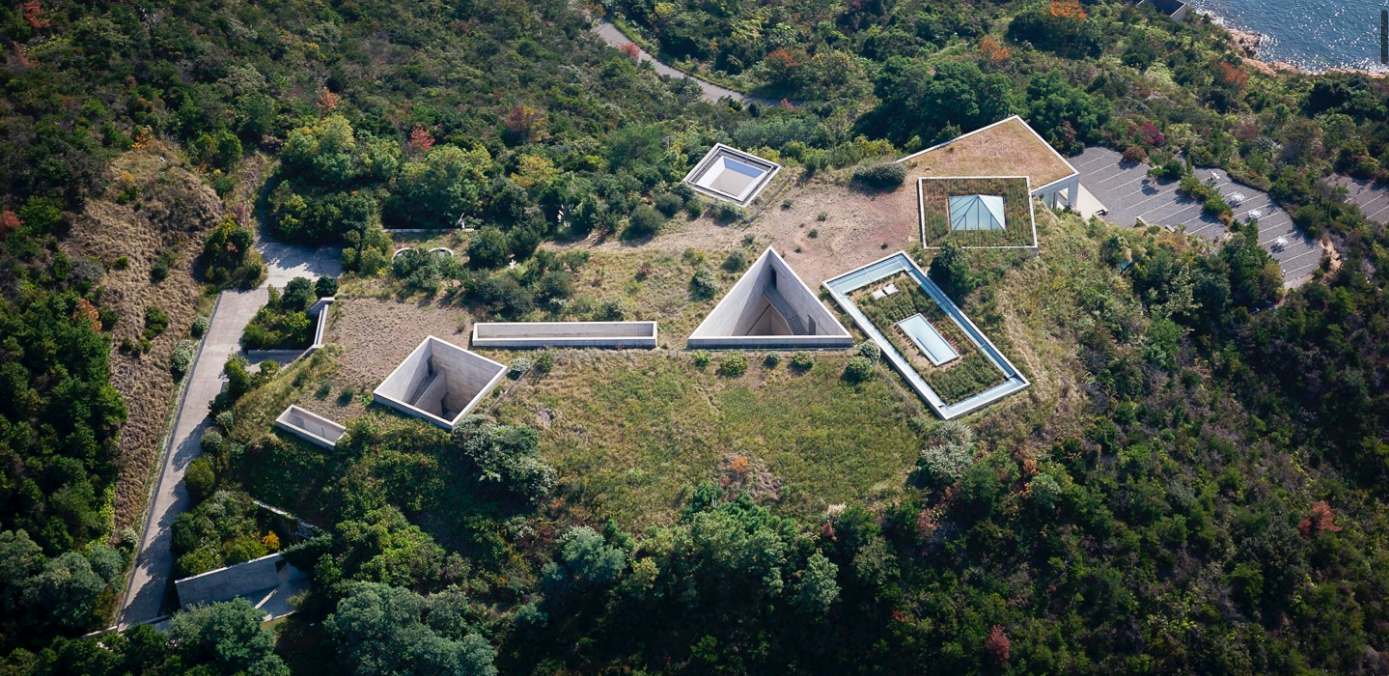
What I loved, was to be witness to the reverence the Japanese have towards art. It wasn’t just the need to take shoes off whilst entering the rooms – what was striking to me was the minimal numbers of visitors needed for the museum to stop selling tickets and be ‘full’ for the day. I’m used to London, where any art museum in comparison would easily quadruple the number of people in the space, it was so special to witness this wasn’t about the money, it was about the art, and the experience, and keeping these sacred.
My other equal love in Naoshima: (are you keeping count? – the pumpkins, Chichu, and now…) I Love Yu – a work of art which doubles up as an Onsen bath house. There is SO MUCH to love about this, I mean look at it:
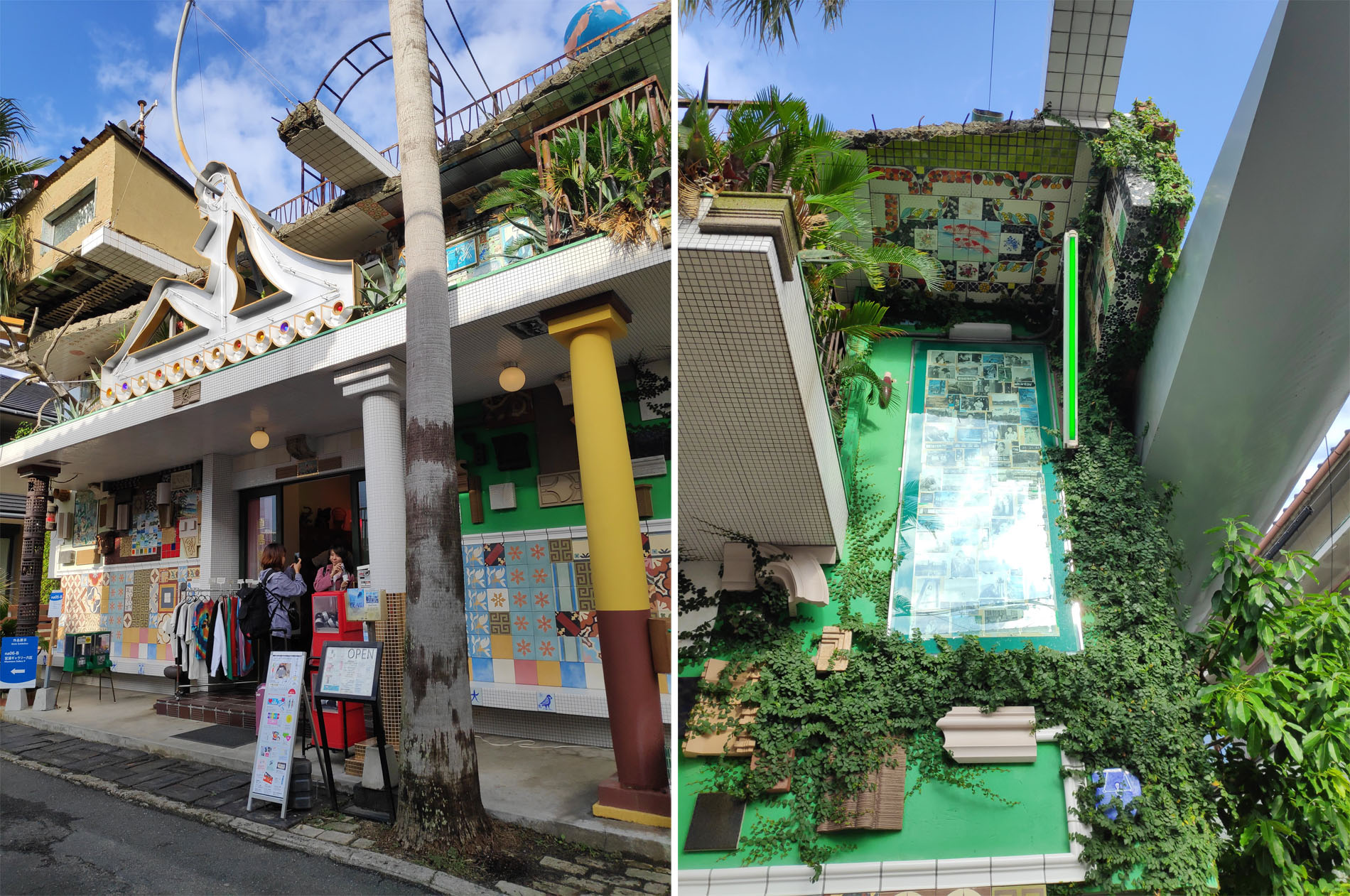
Was this the inspiration behind Walthamstow’s Gods Own Junkyard? A colourful mix of mosaic, neon flashing lights, and palm trees, complete with a vending machine where you can buy your towel:
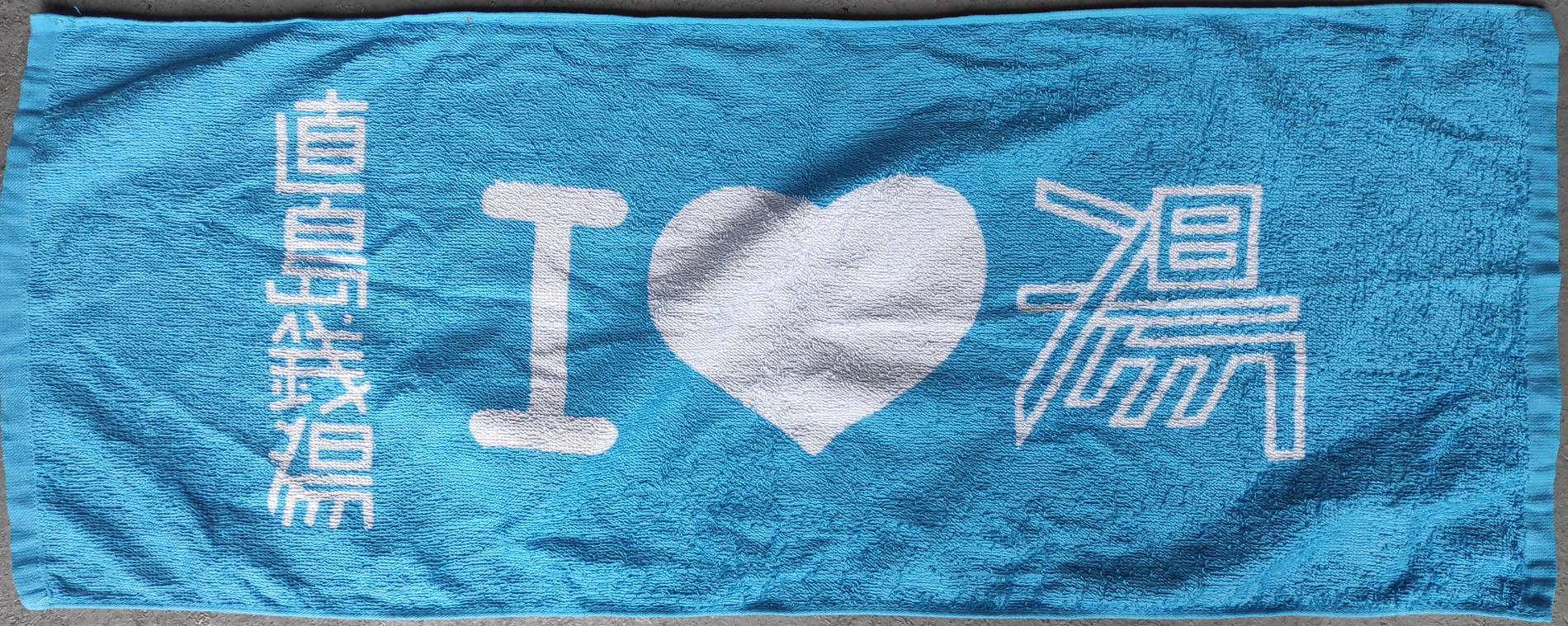
Inside was just as spectacular, here are some photos from the changing rooms and the actual onsen. There’s something about relaxing naked in a mosaic bath underneath a massive elephant that just really does it for me:
I visited the art islands during the trienalle, which lasts all year and sees huge numbers of artworks on show and change throughout the seasons. For the same reason I originally fell in love with East London – I loved how derelict buildings, houses, and found spaces, had been transformed into temporary art galleries.
It was such an odd feeling, to see a beautiful traditional Japanese house, and step in to find anything from a psychedelic explosion of drawings on every inch of the walls, to an impossible maze with a sulken mermaid in the middle, to an installation of mirrors and upside down insides.
Another exhibit was the Bonsai House, an aptly tiny museum dedicated to Bonsai. This museum was in an abandoned house, and paid honour to this by not stripping away any of the fixtures and fittings. Here is a moss installation in the bath, an outdoor exhibit, a shadow installation, and some lovely wooden flooring:
What is fascinating about the islands is that it is so easy to find the evidence of the exodus that happened in recent decades. All that needs to happen is a step away from the streets of the art map, to see rows and rows of derelict houses and an eerily quiet lack of life. Many houses have their entire fronts wasted away, to reveal a home fled quickly, still full of belongings – from teddy bears to sewing machines to macabre glass cases full of shells and skulls. I’m glad I took the below video, because I probably would have convinced myself that it was all just a dream!
Feeling slightly peckish, we saw a little sign on the footpath for ‘Soumen’. Faizi got excited as he loves the stuff, so we followed the instructions on the sign, which read ‘walk 20 steps, then turn right, then follow the path for 10 steps, when you see the hut turn left and walk 5 steps’ which we found to be perfect directions. We ended at a delightful lunch spot, with a beautiful sea-view and one thing on the menu. I didn’t know what Soumen was, but it looked and smelt delicious. I was so excited (and at this point rather hungry) to see the gorgeous layout when my food arrived. As I delved in I received a shock – Faizi failed to tell me that this delicious meal that is known as ‘Soumen’, is served cold. All of it, tea included, chilled!
After I got over the desire for warmth, I started to really enjoy the delicate flavours and different textures, and would gladly indulge in chilled Soba again!
For me, the experience of the art islands was deeply moving. The artworks themselves gave rise to reflection, a sense of reverence, and how this can be combined with fun, lightness and joy. Moreso, the reality that these islands have been regenerated through art, funded by the generosity of a successful businessman is inspiring, moving, and so totally hopeful.
I read an account by one of the elders which talked of his happiness to hear children playing in the streets again, a sound which he had been starved of for decades. Art has got the ability to transform the world. This has given me the motivation to not only practice my art for art’s sake, but to hone in my business skills, as I’d very much like to be a patron as well as an artist.
Yes, I believe we can have it all.





